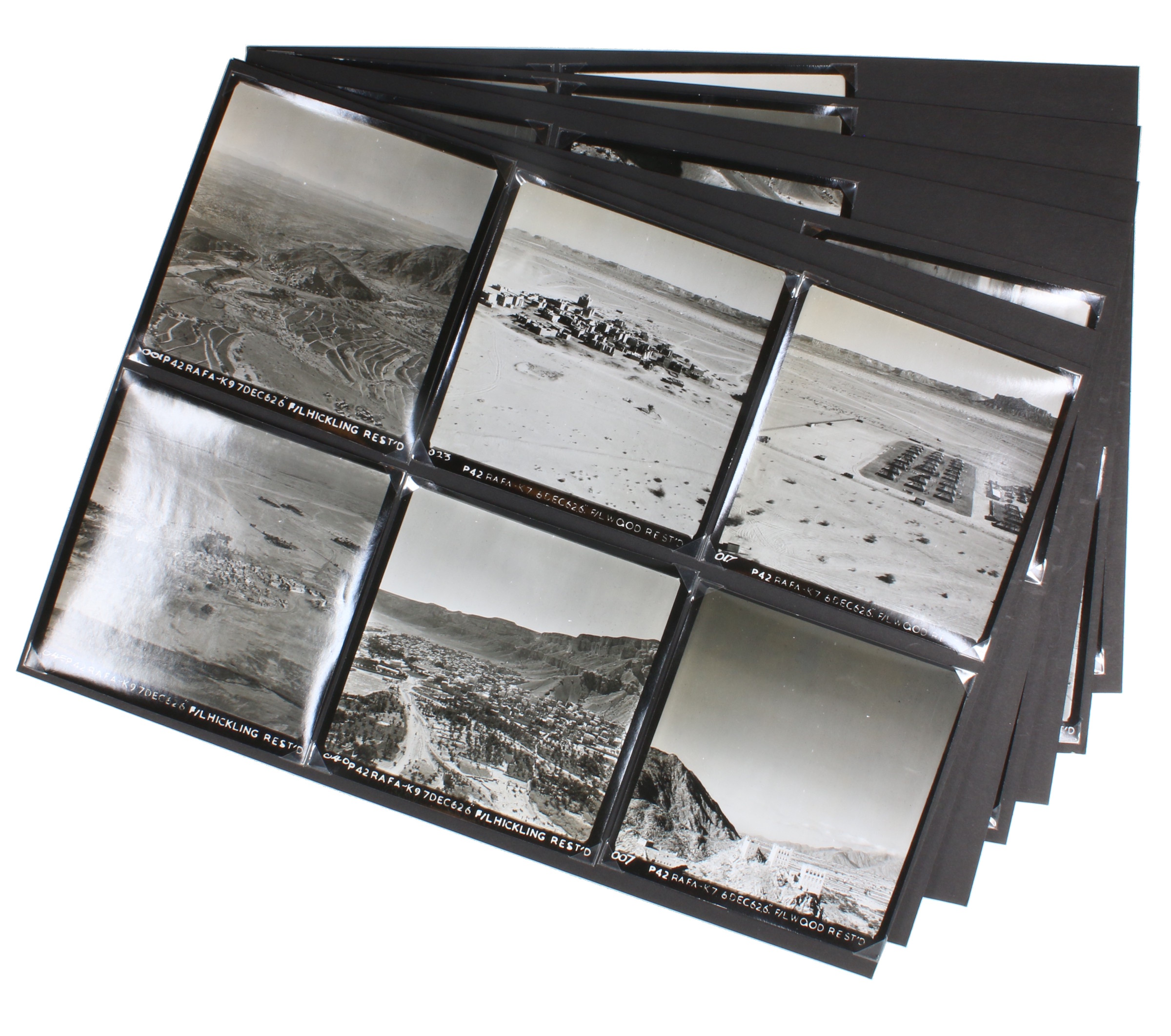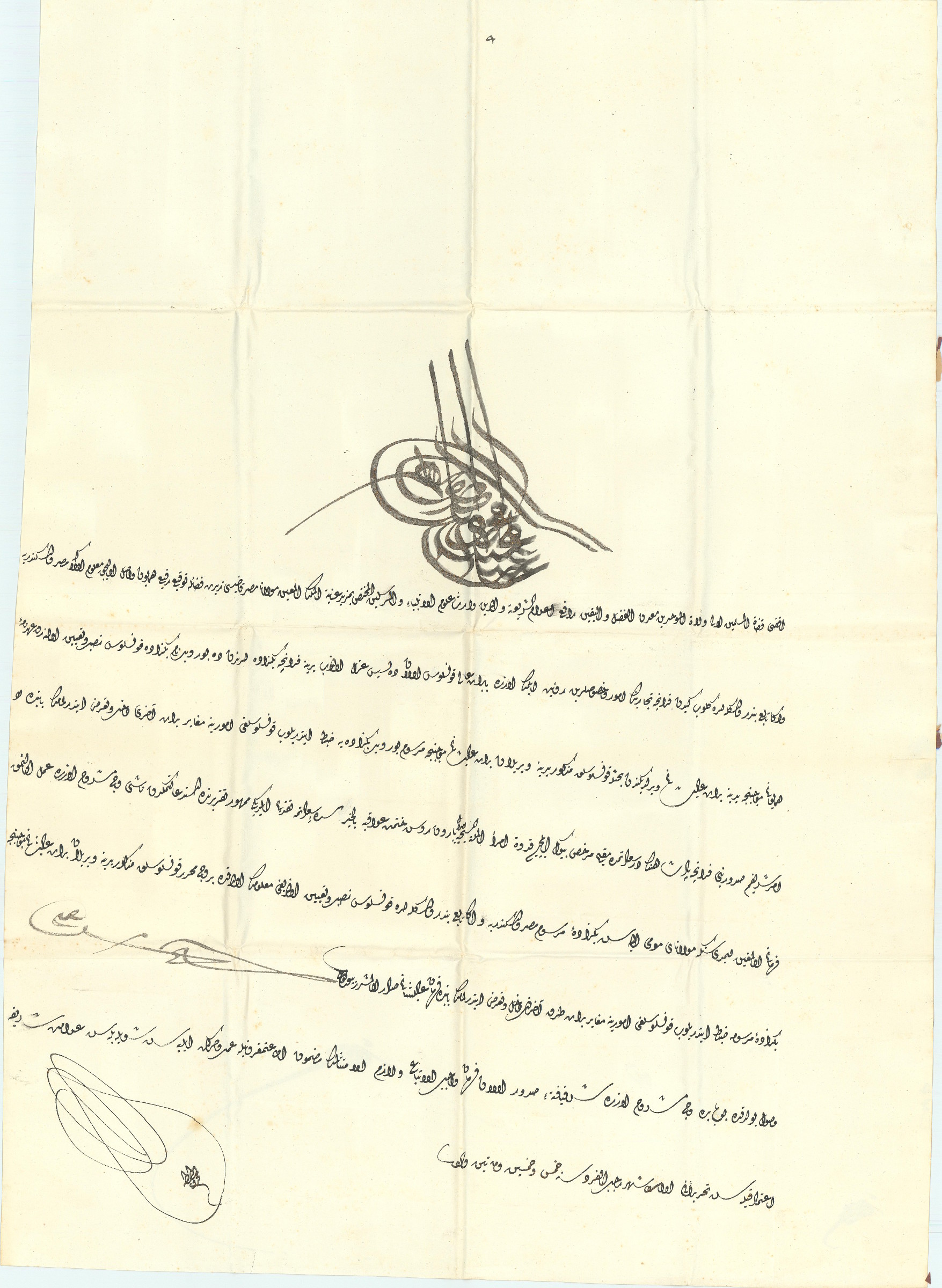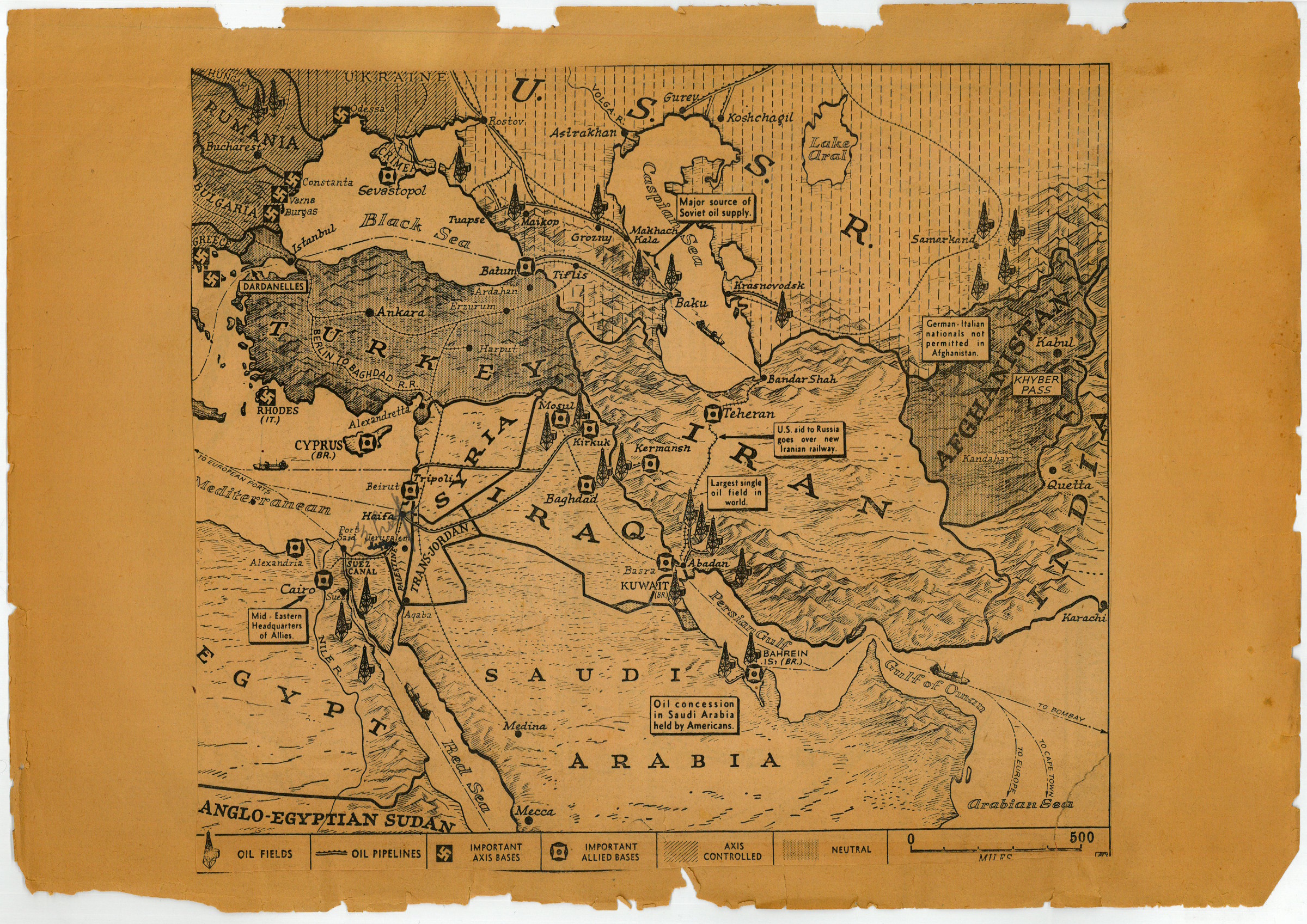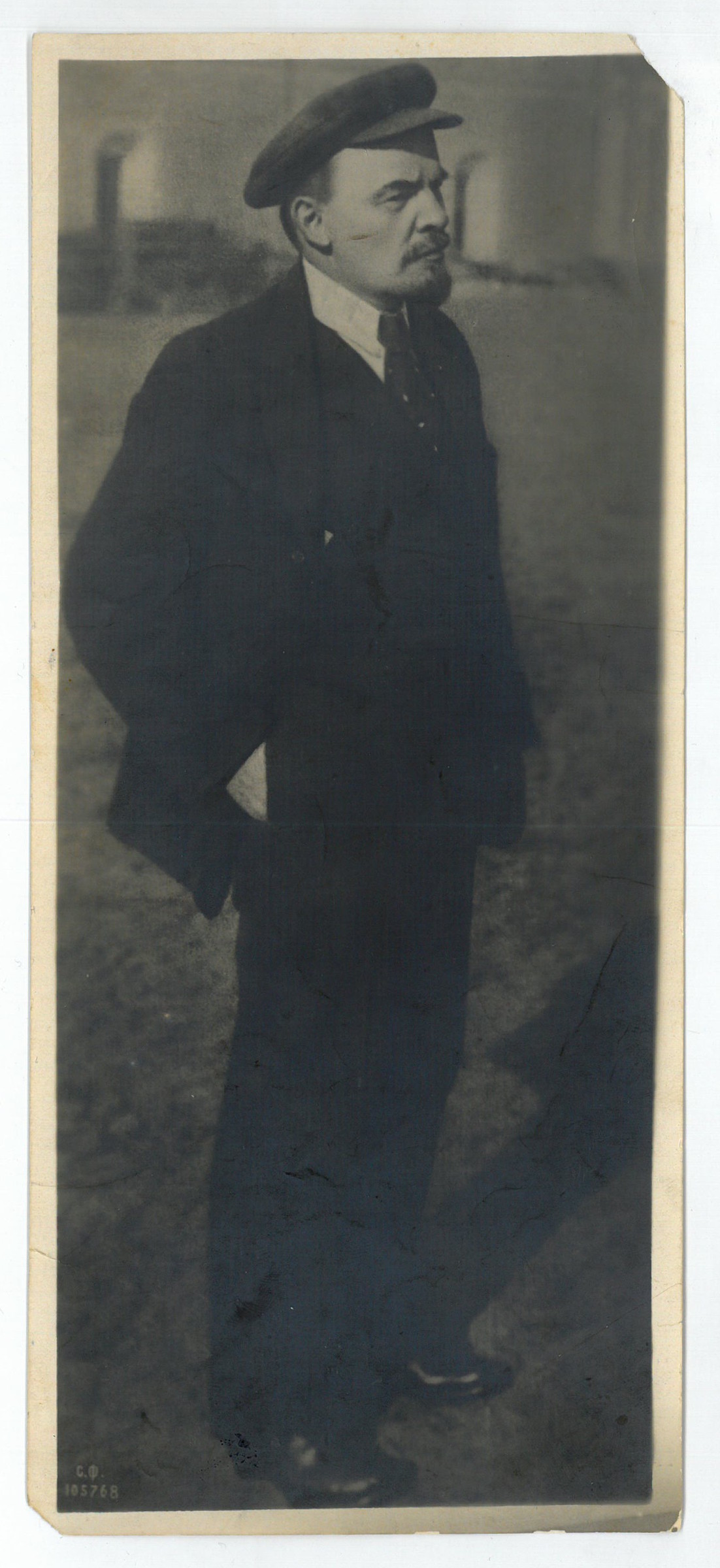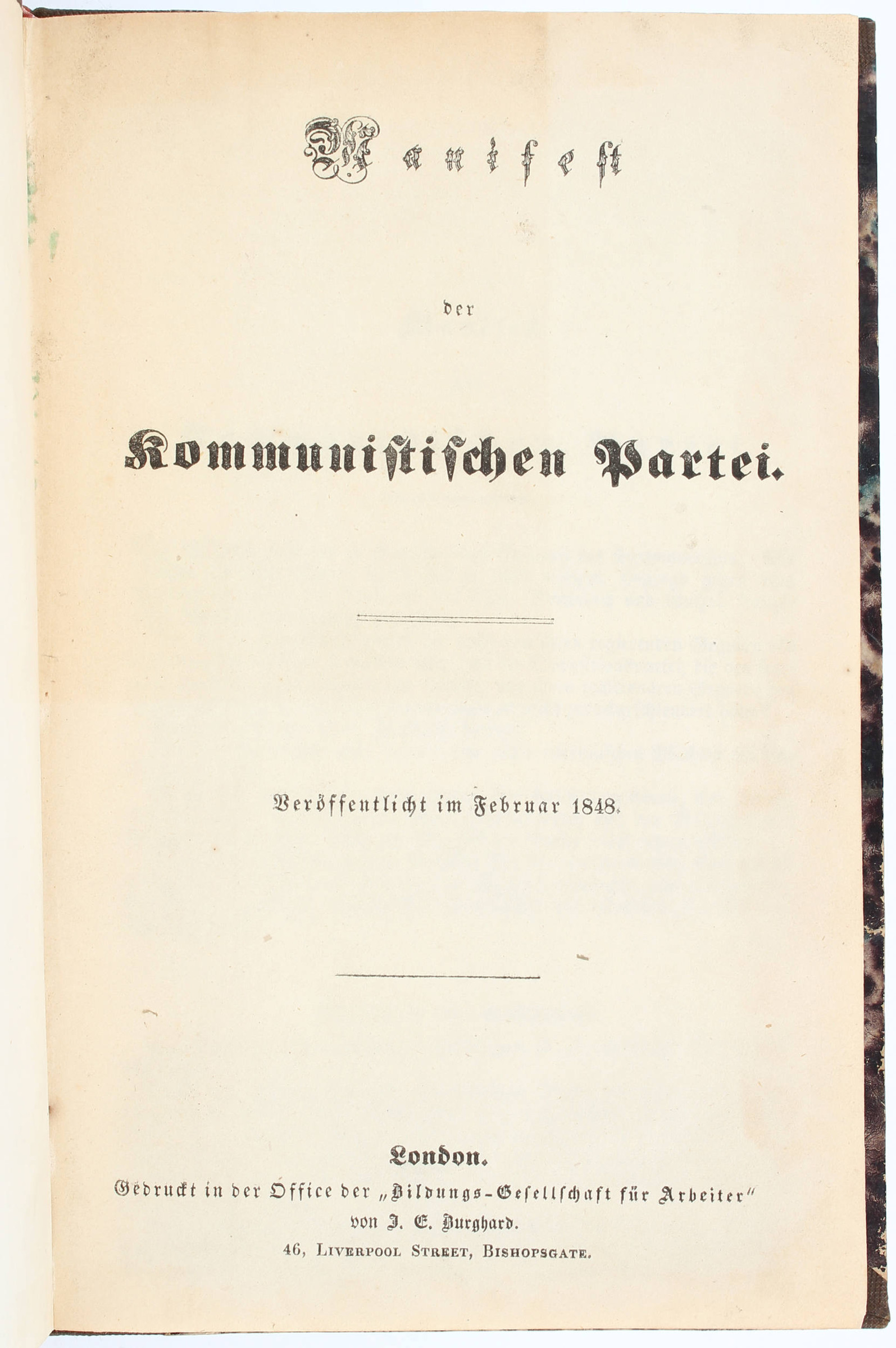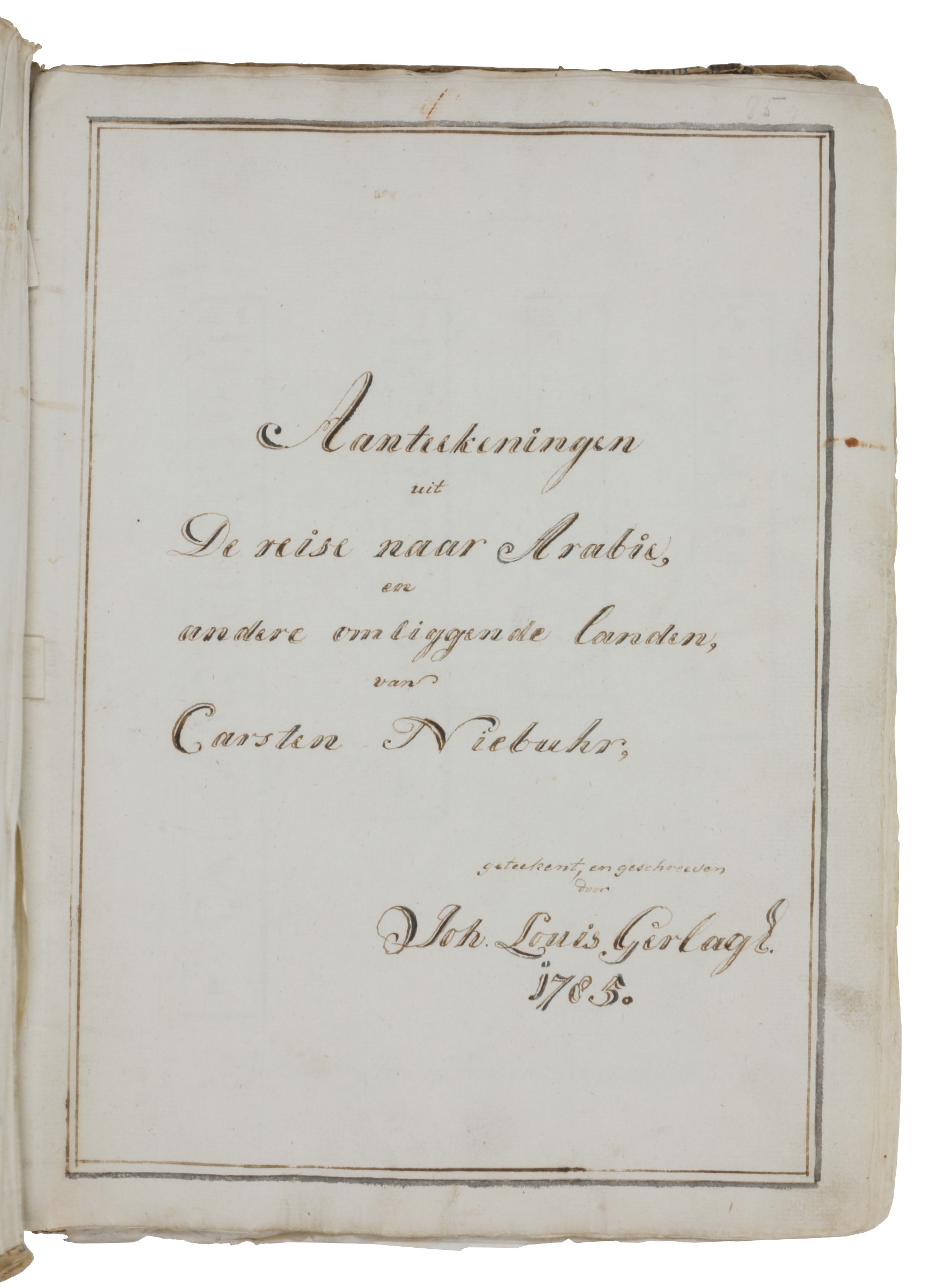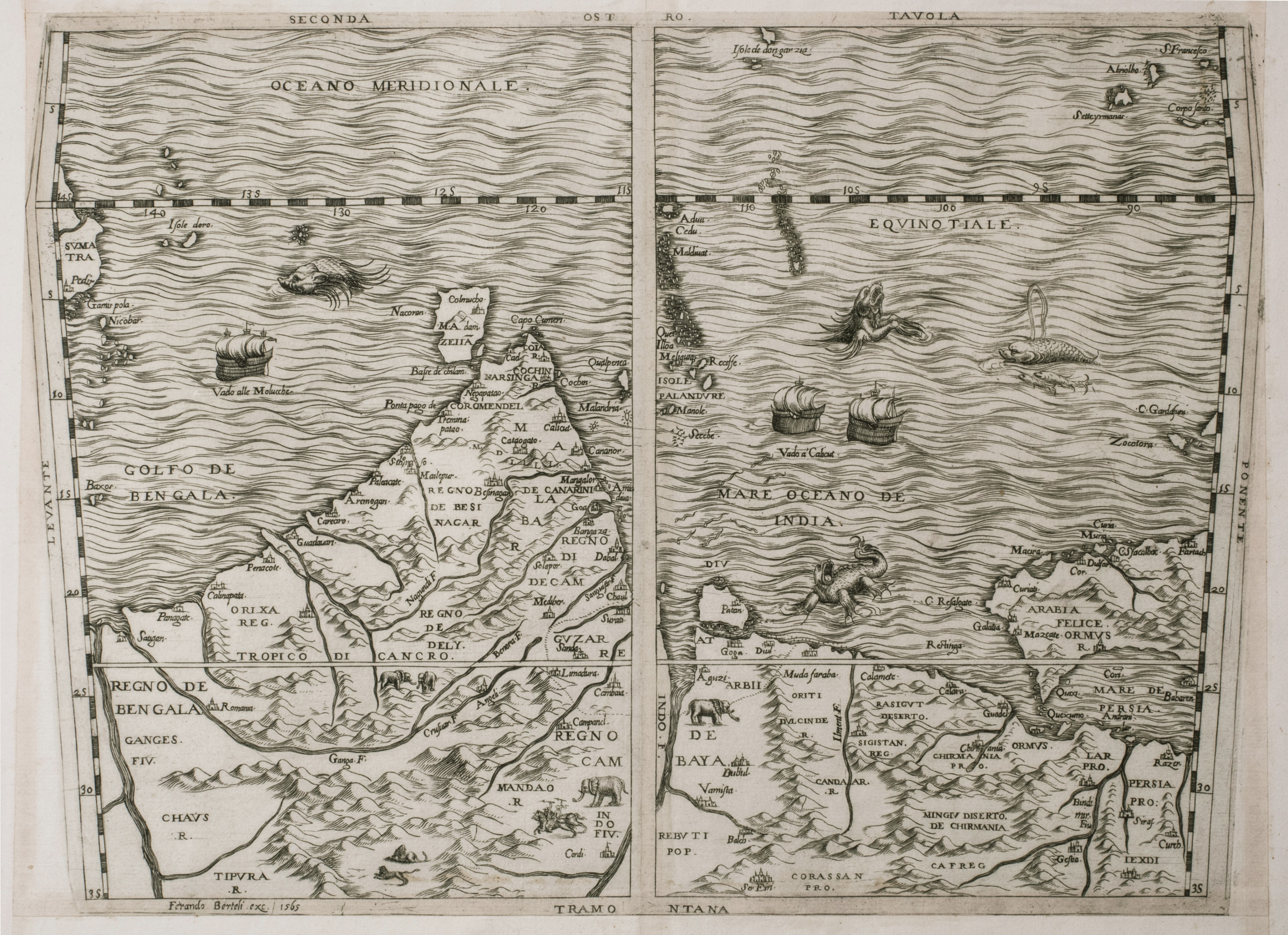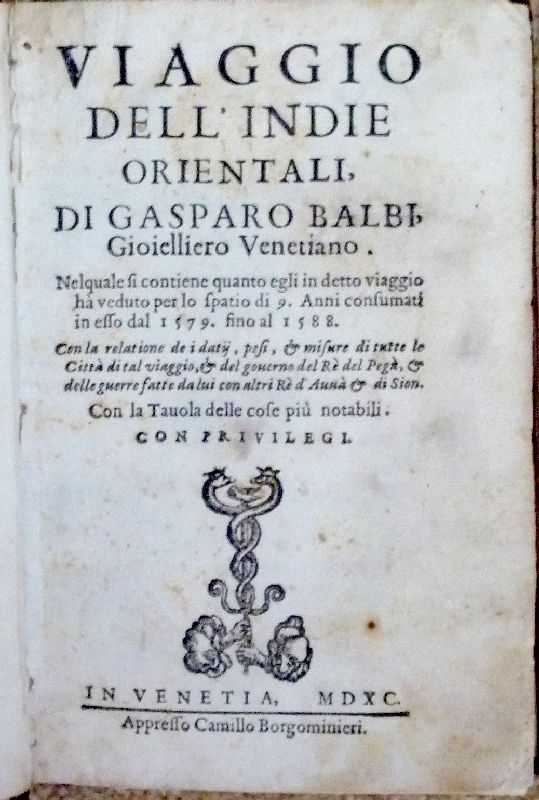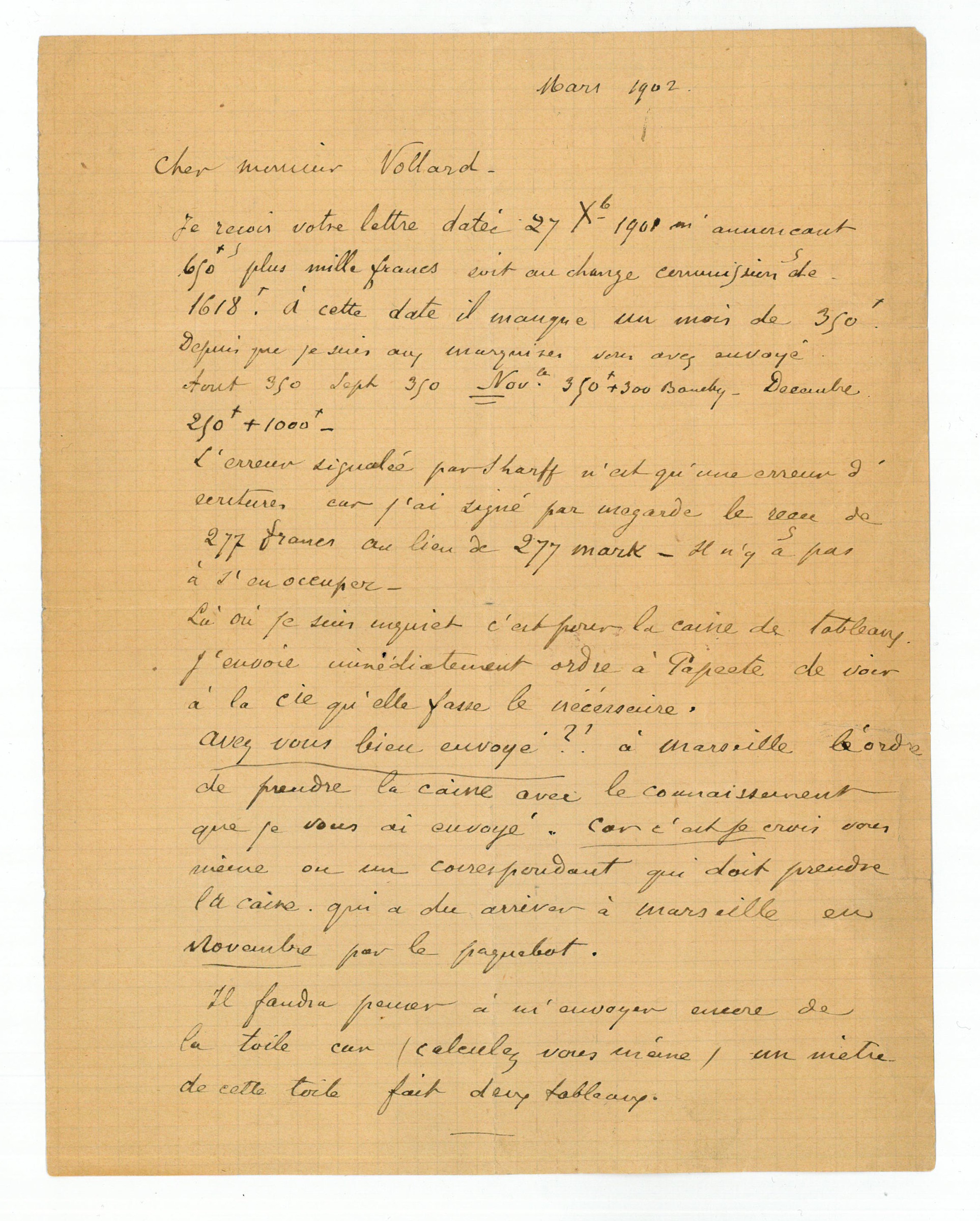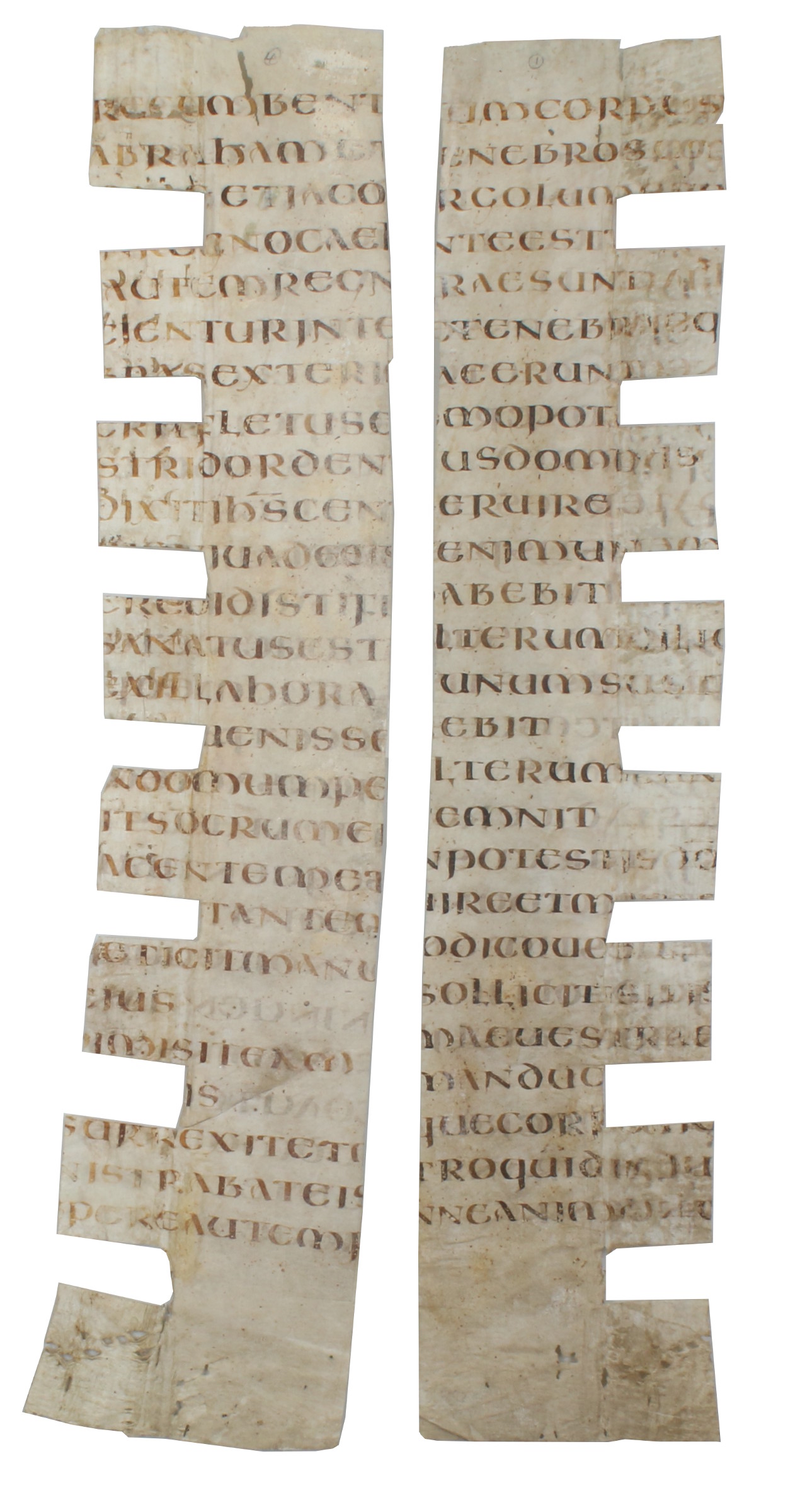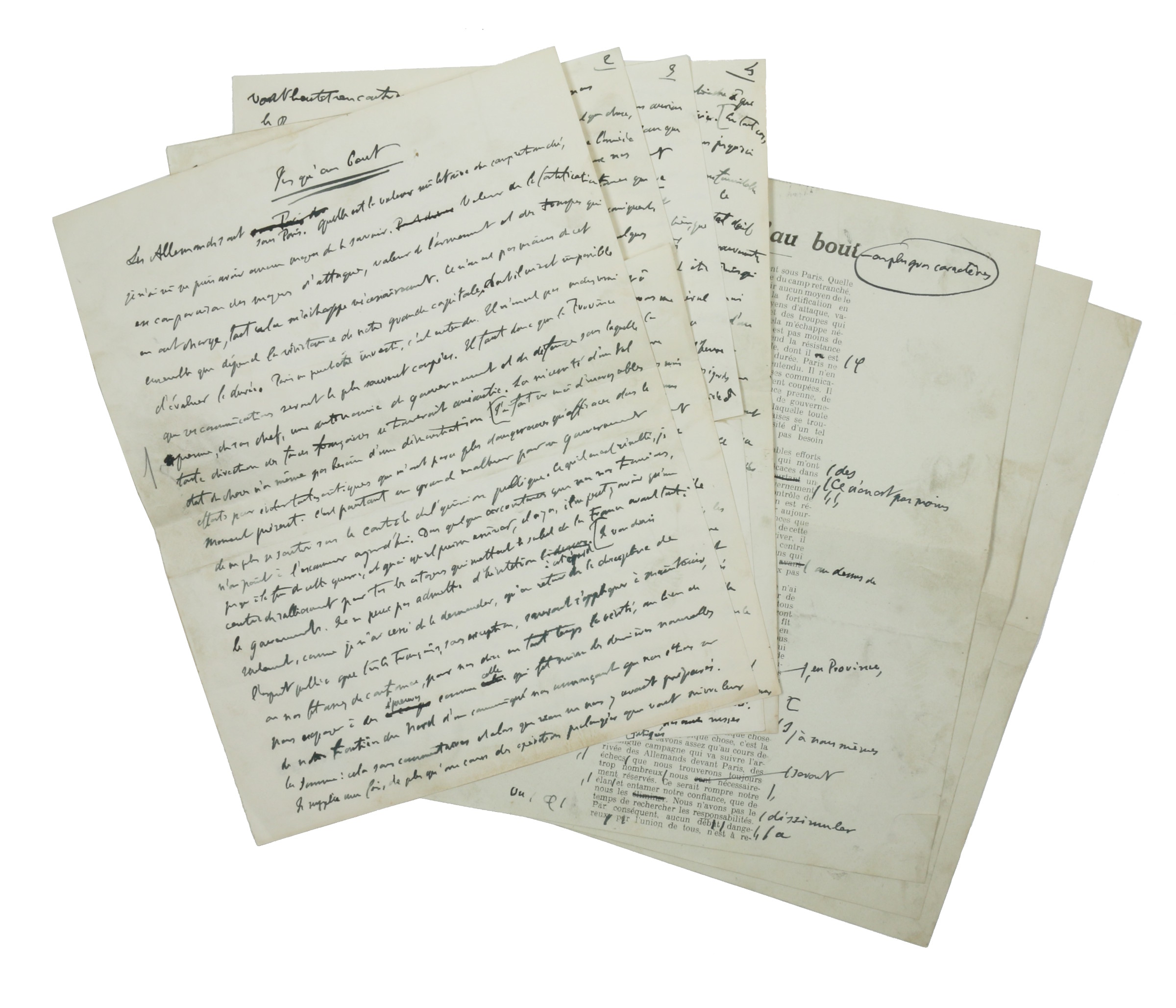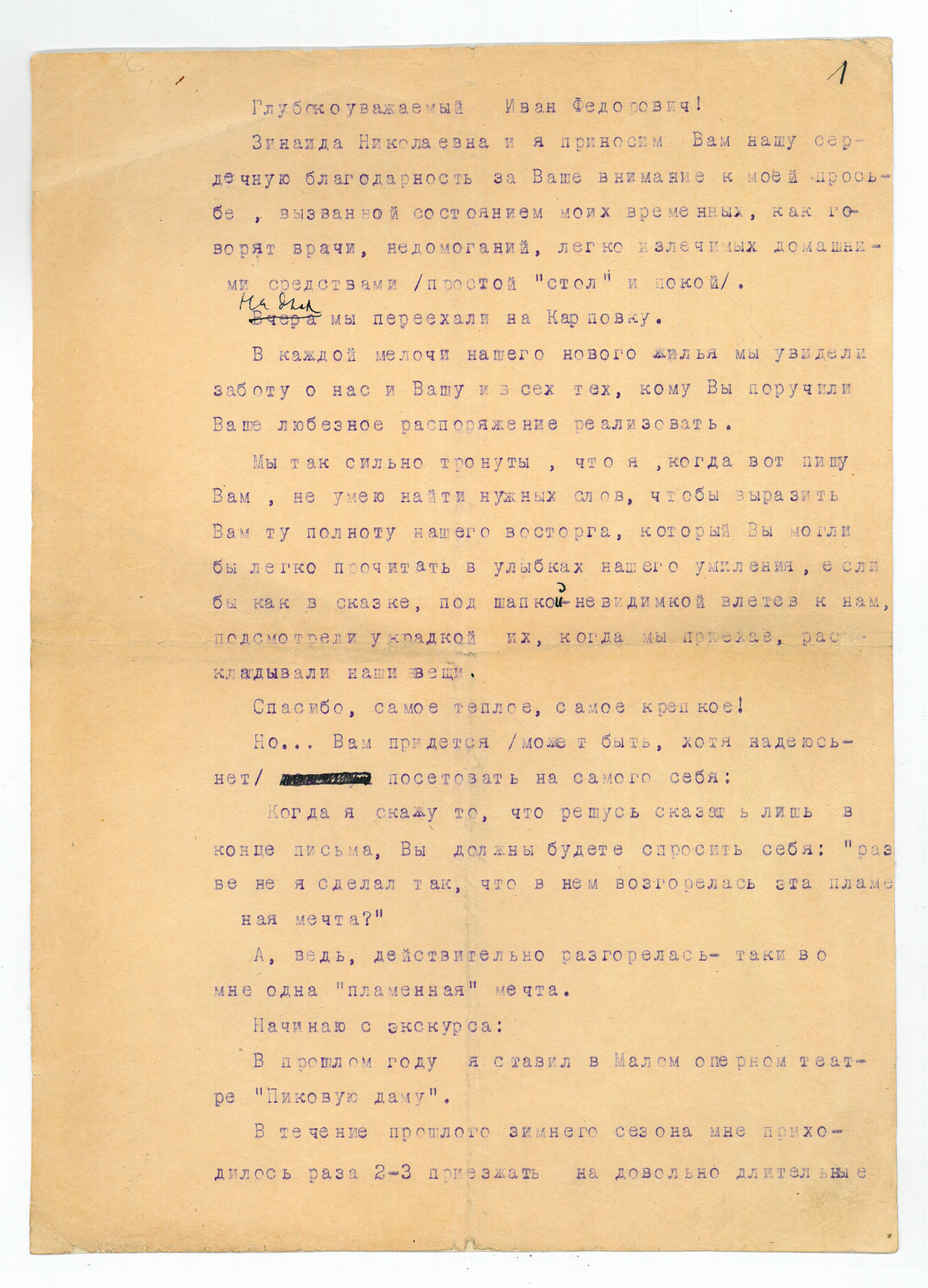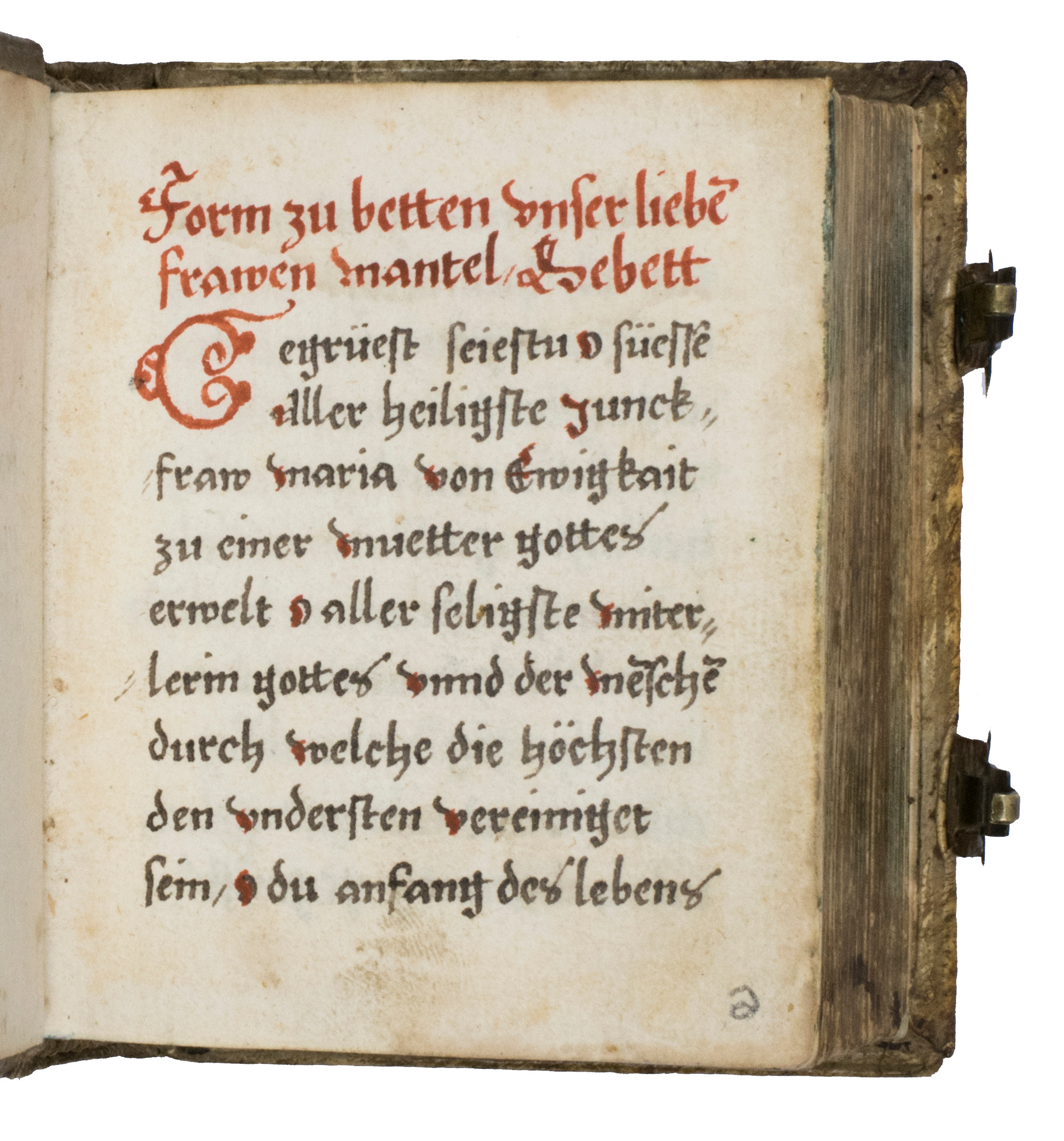
A charming, pocket-sized Catholic manuscript prayerbook in German, written in red and black, bound in contemporary blind-tooled pigskin, both manuscript and binding probably the work of a monastery in Ravensburg or the surrounding region.
The manuscript begins with prayers to the Virgin Mary on 19 leaves (a1-c3) and continues with three series of rosary prayers on 47 leaves (c3-i1), further prayers to the Virgin Mary on 28 leaves (i1-m4), prayers for various days from Palm Sunday to Easter on 18 leaves (m4-o5), prayers for the 24 hours on 56 leaves (o5-x4), further rosary prayers in five parts on 21 leaves (x4-z8), the litany of all saints on 20 leaves (z8-2c3), and the litany of specific saints, including St Augustine, on 10 leaves (2c3-2d4).
The manuscript is very regular in its structure, only a few blank leaves have been removed: the final quire used for the prayerbook text itself ends with a blank leaf, followed by stubs of 3 leaves that have been torn out. The quires that contain the text of the prayerbook collate: [a]-[2c]8 [2d]8 (- 2d6, 7, 8) = [212], [1 blank] ff. The 17th century binder trimmed most of the quire signatures (quire a probably had none), but on the first leaf of a few quires one can see the top of the letter that was shaved (confirming the collation): i, k, r, s. The top of some letter or mark, also shaved, can be seen in the same position on c3, f2 and 2d1-4, but it is not clear what they are. The endpapers appear to have been a quire of four leaves at the front and a quire of six leaves at the back, probably each with its first leaf removed and the outermost remaining leaf pasted down.
The paper is almost certainly of foolscap size, nearly all watermarked with the Ravensburg coat of arms (a castle represented as a gate between two towers, standing upon a corbel). The gate in the present watermarks probably has a door under a peaked roof, rather than a portcullis, but this and the initial(s) or other sign in the corbel are difficult to make out because each watermark is divided between four leaves with the central parts lost in trimming. The crenellated battlement of each tower is rounded, has three merlons, and sits directly on a rounded slab, the battlement having no narrower neck leading to the slab. Each tower has one window, connected to the wall on the gate side by (in most cases) two diagonal wires that form a triangle with the wall as its base and the point touching the window. We have not found an example in the literature with this triangular link, but otherwise the present watermarks resemble many from the period 1655 to 1675 (Piccard III, group IX, 171-186 & 253-259, plus many scattered throughout group VIII). Those in quires a, f and probably b and g have two initials (probably "HL") flanking the corbel; the literature shows no initials in that position before 1666. This suggests that the manuscript was probably produced in the period ca. 1665 to ca. 1675. One Ravensburg castle mark in WZIS has an HL monogram in the corbel, but not the initials flanking it, and the style of the castle is completely different: it is not clear whether it dates from 1666 or between 1686 and 1700. Not surprisingly, Ravensburg castle watermarks appear most frequently in Ravensburg (in Upper Swabia, just north of Lake Constance), but also in the vicinity (Konstanz, Weingarten, Salem, Überlingen); they are rare elsewhere.
The endpapers were probably made from one of the paper stocks used for the manuscript itself (one leaf shows one side of the foot of the Ravensburg castle watermark, with no initials flanking the corbel), suggesting that the production of the manuscript and its binding were closely tied, perhaps at a monastery in the region. Three bifolia show parts of a different watermark: two bifolia in quire c show a crown, perhaps from a coat of arms or an Imperial double-headed eagle, while one in quire l shows what may be the foot of a coat of arms or possibly the tip of the tail of an eagle, with scroll decorations.
In a 16mo in 8s, one expects each quire to represent a half-sheet, and each sheet would provide one half sheet with a watermark and one without. Here, eight quires show parts of a watermark in four of the eight leaves, and six show no watermark. But even these quires were not consistently made from regularly folded half sheets: some were assembled from separate bifolia, so that some of the watermarks appear at the foot of the fore-edge rather than its head. Most of the quires a-l and a few others show parts of watermarks in 1, 2 or 3 leaves, demonstrating that they contain bifolia from different half-sheets. In quire e, three leaves show one of the two towers from a Ravensburg castle watermark, proving that they come from parts of two different sheets (c and l, which include parts of a different kind of watermark, also mix bifolia from different sheets).
